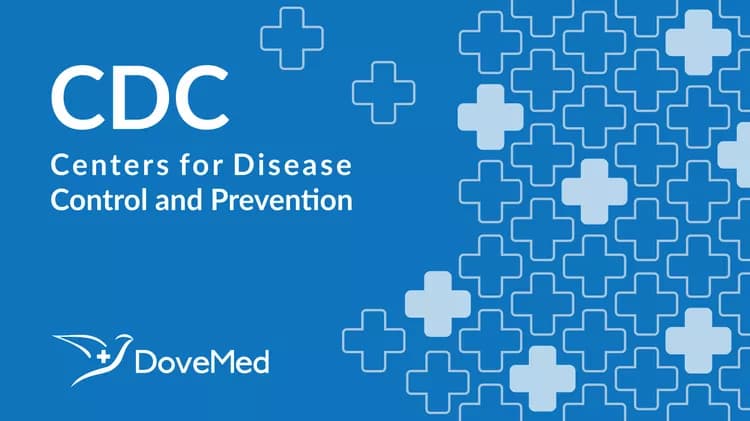
CDC Report Finds Gay, Lesbian and Bisexual Students At Greater Risk for Unhealthy, Unsafe Behaviors
CDC Report Finds Gay, Lesbian and Bisexual Students At Greater Risk for Unhealthy, Unsafe Behaviors
Students who report being gay, lesbian or bisexual and students who report having sexual contact only with persons of the same sex or both sexes are more likely than heterosexual students and students who report having sexual contact only with the opposite sex to engage in unhealthy risk behaviors such as tobacco use, alcohol and other drug use, sexual risk behaviors, suicidal behaviors, and violence, according to a study by the Centers for Disease Control and Prevention.
"This report should be a wake-up call for families, schools and communities that we need to do a much better job of supporting these young people. Any effort to promote adolescent health and safety must take into account the additional stressors these youth experience because of their sexual orientation, such as stigma, discrimination, and victimization," said Howell Wechsler, Ed.D, M.P.H, director of CDC's Division of Adolescent and School Health (DASH). "We are very concerned that these students face such dramatic disparities for so many different health risks."
This report represents the first time that the federal government has conducted an analysis of this magnitude across a wide array of states, large urban school districts, and risk behaviors.
Researchers analyzed data from Youth Risk Behavior Surveys conducted during 2001–2009 in seven states—Connecticut, Delaware, Maine, Massachusetts, Rhode Island, Vermont, and Wisconsin—and six large urban school districts—Boston, Chicago, Milwaukee, New York City, San Diego, and San Francisco. These sites collected data on high school students' sexual identity (heterosexual, gay or lesbian, bisexual, or unsure), sex of sexual contacts (sexual contact with the opposite sex only, with the same sex only, or with both sexes), or both.
The study, "Sexual Identity, Sex of Sexual Contacts, and Health Risk Behaviors Among Students in Grades 9–12 in Selected Sites—Youth Risk Behavior Surveillance, United States, 2001–2009," was published as a Morbidity and Mortality Weekly Report Surveillance Summary. Findings across 76 health risks in the following 10 categories are highlighted:
Behaviors that contribute to unintentional injuries (e.g., rarely or never wore a seat belt)
Behaviors that contribute to violence (e.g., did not go to school because of safety concerns)
Behaviors related to attempted suicide (e.g., made a suicide plan)
Tobacco use (e.g., ever smoked cigarettes)
Alcohol use (e.g., binge drinking)
Other drug use (e.g., current marijuana use)
Sexual behaviors (e.g., condom use)
Dietary behaviors (e.g., ate vegetables 3 or more times per day)
Physical activity and sedentary behaviors (e.g., physically active at least 60 minutes per day for 7 days)
Weight management (e.g., did not eat for 24 hours or more to lose weight or to keep from gaining weight)
Across the sites that assessed sexual identity, gay or lesbian students had higher prevalence rates for 49 percent to 90 percent of all health risks measured. Specifically, gay or lesbian students had higher rates for seven of the 10 health risk categories (behaviors that contribute to violence, behaviors related to attempted suicide, tobacco use, alcohol use, other drug use, sexual behaviors, and weight management).
Similarly, bisexual students had higher prevalence rates for 57 percent to 86 percent of all health risks measured. They also had higher rates for eight of the 10 health risk categories (behaviors that contribute to unintentional injuries, behaviors that contribute to violence, behaviors related to attempted suicide, tobacco use, alcohol use, other drug use, sexual behaviors, and weight management).
"For youth to thrive in their schools and communities, they need to feel socially, emotionally, and physically safe and supported," said Laura Kann, Ph.D., chief, Surveillance and Evaluation Research Branch, DASH. "Schools and communities should take concrete steps to promote healthy environments for all students, such as prohibiting violence and bullying, creating safe spaces where young people can receive support from caring adults, and improving health education and health services to meet the needs of lesbian, gay, and bisexual youth."
National, state, and local YRBSs are conducted every two years among high school students throughout the United States. These surveys monitor health risk behaviors, including unintentional injuries and violence; tobacco, alcohol, and other drug use; sexual behaviors that contribute to unintended pregnancy and sexually transmitted diseases, including HIV infection; unhealthy dietary behaviors; and physical inactivity. These surveys also monitor the prevalence of obesity and asthma. Interested states and large urban school districts may add questions to measure sexual identity and the sex of sexual contacts.
Youth Risk Behavior Survey results are available at www.cdc.gov/yrbs.
###
U.S. DEPARTMENT OF HEALTH AND HUMAN SERVICES
Related Articles
Test Your Knowledge
Asked by users
Related Centers
Related Specialties
Related Physicians
Related Procedures
Related Resources
Join DoveHubs
and connect with fellow professionals

0 Comments
Please log in to post a comment.